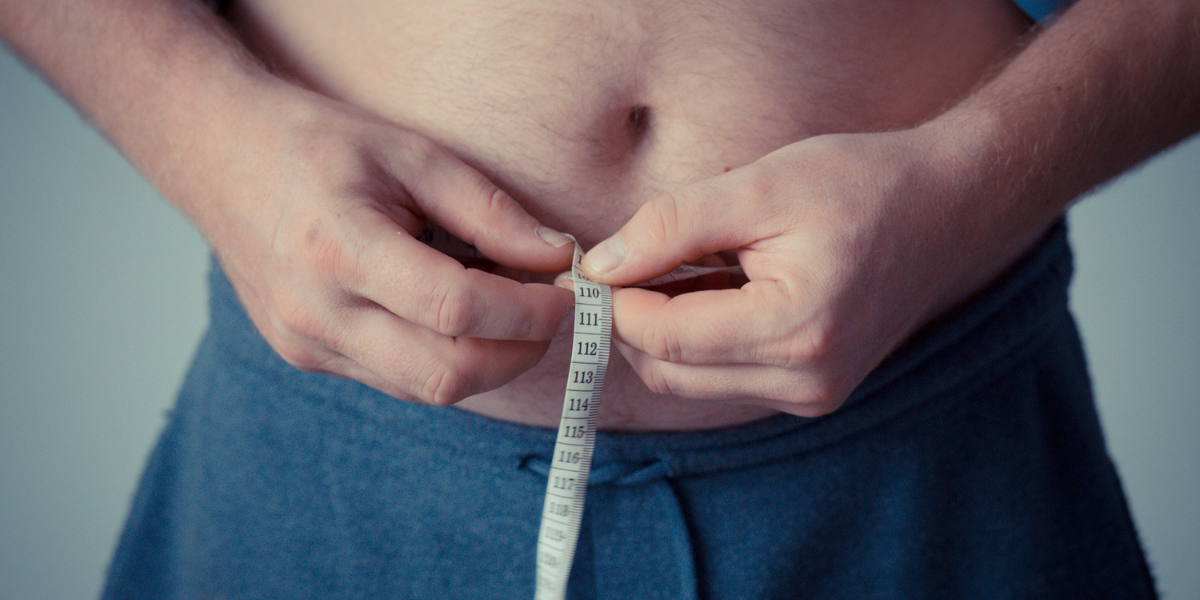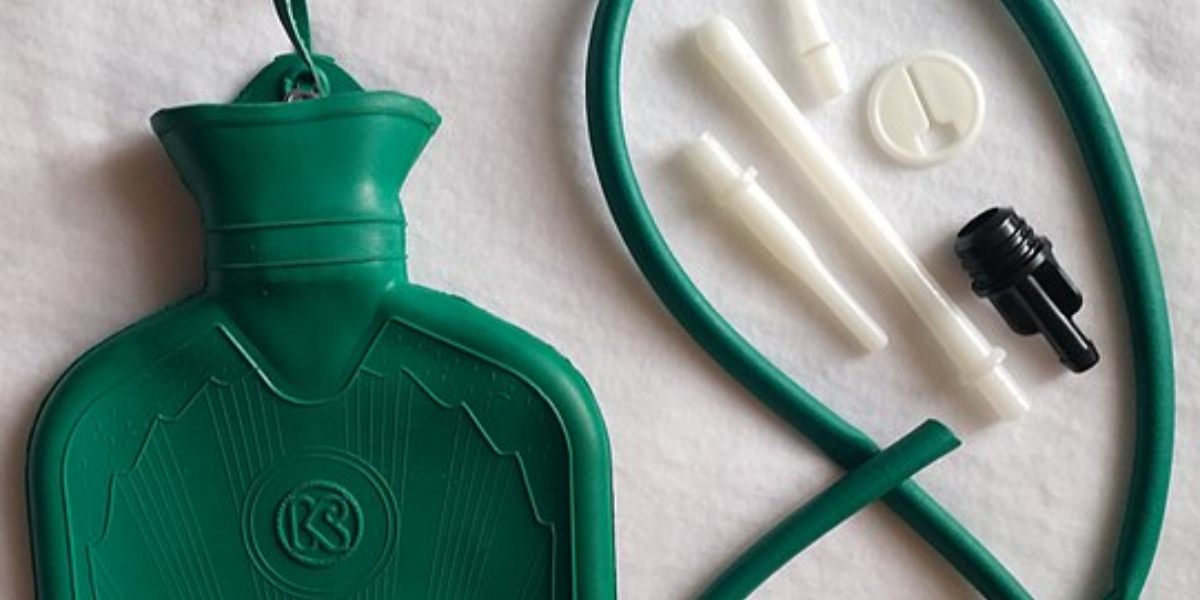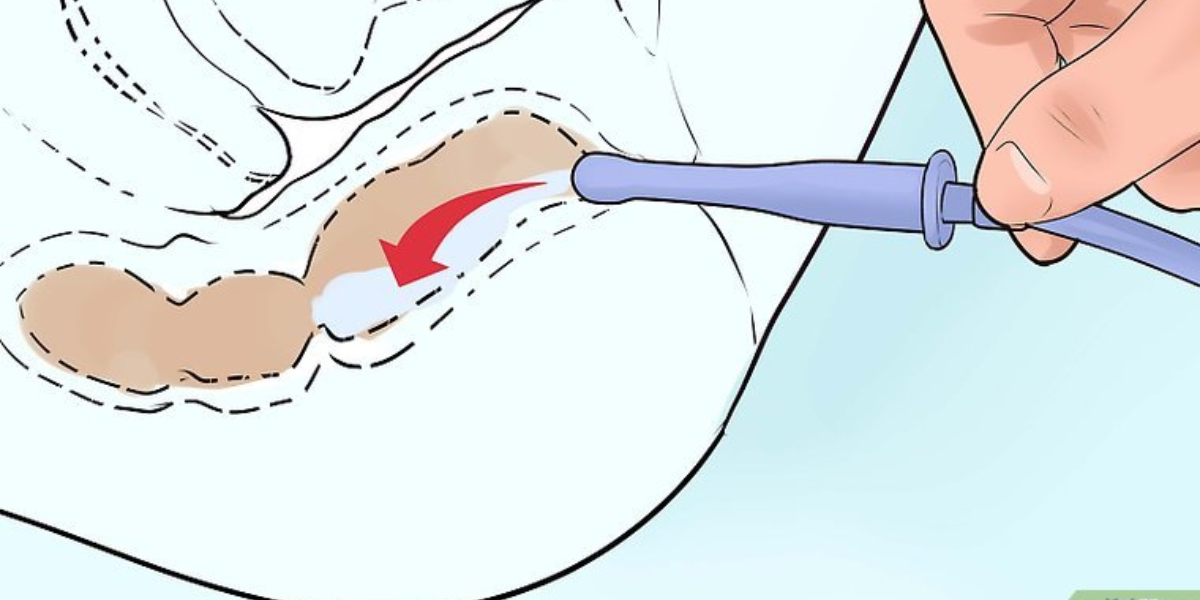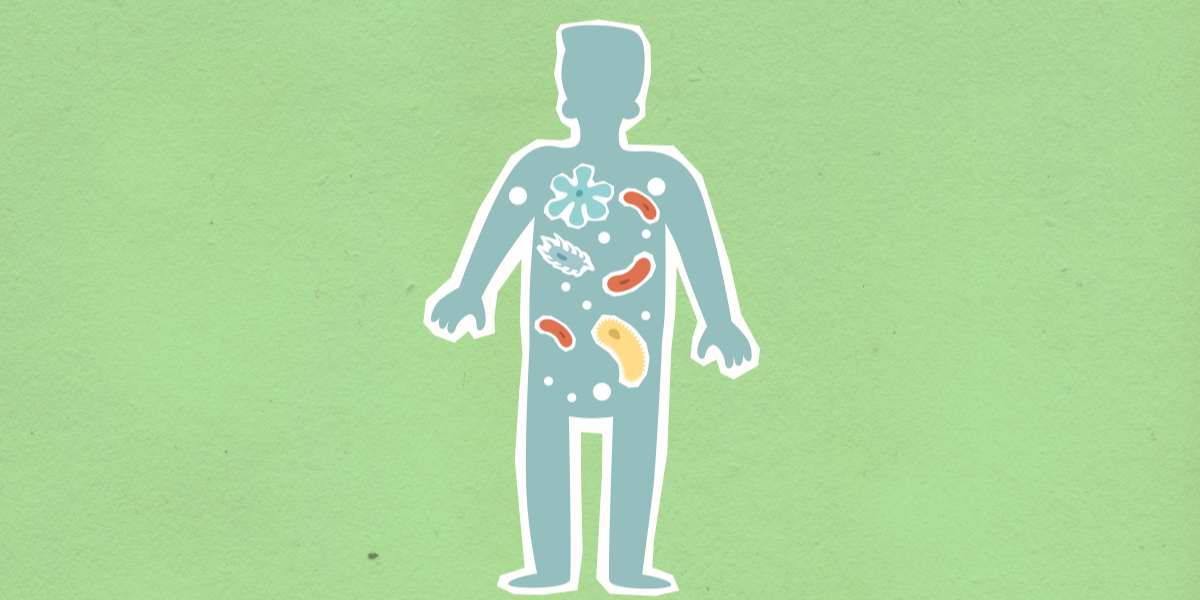Today’s pace, practices, and habits have become harmful to our bodies. Stress, poor diet, and antibiotics use have encouraged the growth of harmful bacteria that crowd out good bacteria. When there are not enough good bacteria, our body becomes prone to potential imbalances and diseases.
The so-called good bacteria include probiotics. Take note that they should not be mistaken for prebiotics which is the food that nourishes probiotics. One way of introducing probiotics to your body is through a probiotic enema. What is a probiotic enema? Read on to find out.
Enema: Background Info
Usually, your body can naturally rid itself of toxins. However, there may be times when you will need some assistance, especially when your colon is not functioning properly. The colon handles the final stage of digestion and absorption of nutrients, vitamins, salt, and water. When something is wrong with your colon, a build-up of toxins may occur which gets absorbed into the bloodstream instead of being eliminated from the body.
Did you know that the average American may be toting around as much as 10 to 25 pounds of impacted fecal matter in their colon? These toxins build up in the digestive tract and affect your body’s ability to metabolize food properly. In this case, a colon cleanse can help get rid of the problem.

But how can you tell that you need to cleanse your colon? Here are some symptoms of potential colon problems:
- Fatigue
- Digestive problems
- Weight gain
- Pale skin
- Pimples
- Sleeping difficulties
- Poor concentration
- Bad breath or body odor
If you have been experiencing some of these signs, then perhaps it is time to take care of your colon. One way to do this is by performing an enema. An enema is a procedure wherein fluids are injected into the rectum and they contain various substances such as:
- Warm water
- Normal saline solution
- Barium
- Glycerine
- Soap suds
- Carminatives
- Salt solution
- Mineral oil
A standard enema is primarily intended to remove stool while others have varying purposes. Here are the different types of enema:
- Cleansing – A water-based procedure that flushes the colon thoroughly to remove all fecal residue
- Oil-retention – Lubricates to soften hardened stool and make them easier to discharge
- Return-flow or Harris Flush– Meant to alleviate painful flatulence, usually from a patient who had just undergone abdominal surgery
- Medicated – Rectal instillation of medication based upon doctor’s prescription
- Cooling – An uncommon procedure used to lower extremely high body temperature
What Is A Probiotic Enema?

Now let’s discuss probiotics. Probiotics are live microorganisms that help restore the natural balance of gut microflora to decrease the chances of digestive issues. The usual way to take probiotics is by consuming them through food (like pickles, kimchi, and sauerkraut), drinks (like kefir, yogurt, and kombucha), and supplements. After some time, you begin to reap the benefits to your digestive system.
However, there is a faster way to take probiotics and this can be achieved through a probiotic enema. So what is a probiotic enema?

An enema may either be diagnostic or therapeutic and is usually performed for any of the following reasons:
- To relieve chronic constipation
- To treat bowel incontinence
- To wash out the colon
- To administer medication
- To treat inflammatory bowel disease (IBD)
- To prepare for a lower GI x-ray
A probiotic enema involves injecting a solution containing probiotics by way of the rectum and directly into the colon. A probiotic enema is a retention enema that aims to hold the mixture in your colon until it is completely absorbed. Infusing a dose of probiotics through an enema ensures that the beneficial bacteria are placed exactly where they are needed.
There are probiotic enema kits available online or you can make the solution yourself using powdered or liquid probiotic supplements.
How To Administer A Probiotic Enema

Do not eat for at least 30 minutes before the enema and it is best done in the morning. In addition, a probiotic enema can be performed once a month. So how do you administer a probiotic enema? Here are the step-by-step instructions:
- The night before, prepare a cup of warm filtered water, break open 3 probiotic capsules, and add them to the water. Let it sit overnight for 8 hours.
- In the morning, pour the probiotic mixture into a clean enema bag, making sure that the tubing is clamped properly.
- Hang the bag within reach and lie down on a towel but stay in or near the bathroom.
- Position yourself on your side comfortably, lubricate the end of the tubing, and insert it 2 to 3 inches into your rectum.
- Release the clamp and allow the solution to flow into your rectum, wait for the bag to empty then re-clamp the tubing.
- Gradually remove the tubing from your rectum and wait for the urge to move your bowels.
You need to retain the enema for around 20 to 30 minutes to give the probiotic bacteria time to plant themselves into the walls of the colon. An enema will usually take up to an hour to work but the effect can be typically felt after 5 minutes.
Health Benefits Of A Probiotic Enema
When probiotics are taken orally, they still need to go through bile and stomach acids before reaching the colon. This can result in some decrease in their numbers and probiotics need to have enough bacteria to make positive changes.

Due to this, some people prefer probiotic enemas because they are faster and provide more direct placement of the beneficial bacteria. In addition, probiotic enemas have purported health benefits such as:
- Eliminates harmful bacteria in the colon
- Replenishes good bacteria in the GI tract
- Removes toxins
- Strengthens the immune system
- Helps combat yeast infection (Candidiasis)
- Promotes weight loss
- Improves overall gut health
- Boosts metabolism
- Increases energy levels
- Treats severe constipation
However, it is important to note that probiotic enemas are not recommended for people with a weakened immune system, those who are using a catheter, and those with open surgical wounds as they can lead to infections. Also avoid or stop using this treatment if there is abdominal pain, rectal bleeding, nausea, or vomiting.
Risks And Side Effects Of A Probiotic Enema
A probiotic enema is an invasive procedure that should only be done for medical reasons. Ideally, only people with appropriate knowledge and skills, such as nurses, should administer an enema. But if the procedure will be done at home, then you should consult a doctor to discuss the proper ways to do it, and what to expect during and after the enema.
Regarding risk factors, when an enema is done incorrectly, it can cause perforation of the rectum which needs surgery to fix. It may also cause intestinal discomfort, damage to internal organs, or infection if the device is not sterile. Moreover, long-term regular use of enemas can lead to kidney failure and electrolyte imbalances. But these are the worst-case scenarios that have minimal chances of happening.

On the other hand, the more common side effects of an enema are temporary ones such as:
- Flatulence
- Bloating
- Abdominal cramping
- Foul-smelling stool
- Lightheadedness
- Nausea
- Vomiting
- Diarrhea
Make sure that your immune system is in top shape because all those toxins exiting your body cause these uncomfortable side effects. Often, their severity depends on how much toxins you have expunged, but they disappear after a while.
The Bottomline

Enemas certainly have their uses, but few situations require them. After all. There are other ways to take medicine and cleanse the colon. Although this procedure is the quickest way to achieve these aims, the constant use of enemas has its accompanying risks.
From this article, we now know what is a probiotic enema, its uses, and its benefits. If for any reason, your doctor recommends the use of an enema, follow the instructions carefully to avoid negative side effects and injury.

